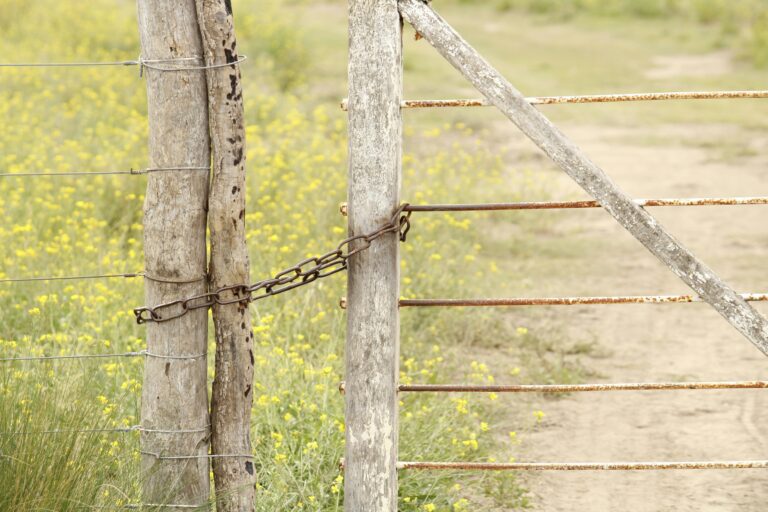Grain Prices: What 2024 Taught Us About Global Supply Chains
🗓 Date: November 18, 2024
🕑 Time: 10:30 AM

Overview:
2024 reminded the world just how fragile food systems can be. This deep dive unpacks the year’s grain price volatility and its global and local causes.
In This Article:
- Analysis of global droughts, political unrest, and shipping disruptions
- Impacts on wheat and barley costs in Kurdistan’s local markets
- How traders adapted using bulk buying and alternate sourcing
- Lessons for storage infrastructure, supply diversification, and trade policy
Key Insight:
To stabilize food security, Kurdistan must embrace data-driven forecasting and regional trade alliances.
About The Article
Grain Prices: What 2024 Taught Us About Global Supply Chain
A Year of Volatility and Valuable Lessons
If 2022 was the year of recovery and 2023 the year of cautious optimism, then 2024 was the year of reckoning for global food supply chains. For producers, traders, and governments alike, grain prices told a story of interconnected risk—from droughts in major exporter nations to political unrest in shipping corridors.
This report explores what 2024 taught Kurdistan and the world about the fragility—and resilience—of our grain systems.
Global Shocks That Shook the Grain Markets
From Argentina to Ukraine, extreme weather events and political instability created a domino effect. Key contributors to global price turbulence included:
- Severe droughts in the U.S. Midwest and Australia, reducing wheat exports by over 15%
- The Suez Canal disruption due to regional tensions, adding up to 12 days in shipping delays
- Export bans in several countries fearing domestic shortages
These compounded to push global grain prices up by 18% in the first half of the year.
Local Impact: Rising Costs for Kurdistan
Kurdistan, which imports part of its wheat and barley from global markets, experienced a ripple effect:
- Wheat prices rose by 23% from January to September 2024
- Local bread prices in urban areas surged, sparking protests and market interventions
- Livestock feed costs jumped, tightening margins for dairy and meat producers
For smallholder farmers, input costs rose faster than selling prices, putting pressure on already tight budgets.
How Traders Adapted
Despite the uncertainty, local grain traders in Erbil and Sulaymaniyah showed agility:
- Many turned to bulk advance contracts, locking in prices early with regional suppliers
- Others diversified sources, buying from secondary producers like Kazakhstan and Pakistan
- Some began experimenting with blockchain-based supply tracking to reduce fraud and delivery delays
The big takeaway? Flexibility and foresight became critical competitive advantages in 2024.
Infrastructure & Policy: The Long-Term Response
Policymakers and private stakeholders responded in kind with forward-looking moves:
- Investment in local grain storage silos grew by 34% across Kurdistan
- Discussions on strategic grain reserves resumed with Baghdad and UN agencies
- Freshly Company launched pilot programs to help farmers track costs and selling prices via mobile dashboards
More cooperatives began advocating for grain insurance schemes, especially after multiple farmers lost harvests to unseasonal storms.
What We Learned
Key Insight:
Grain isn’t just a commodity—it’s a barometer of political, environmental, and economic risk. In 2024, Kurdistan learned that food security isn’t just about local production. It’s about smart forecasting, diversified trade partnerships, and investing in modern infrastructure.
As we look to 2025, embracing real-time data, building regional trade alliances, and upgrading logistics systems will be key to avoiding similar shocks.
